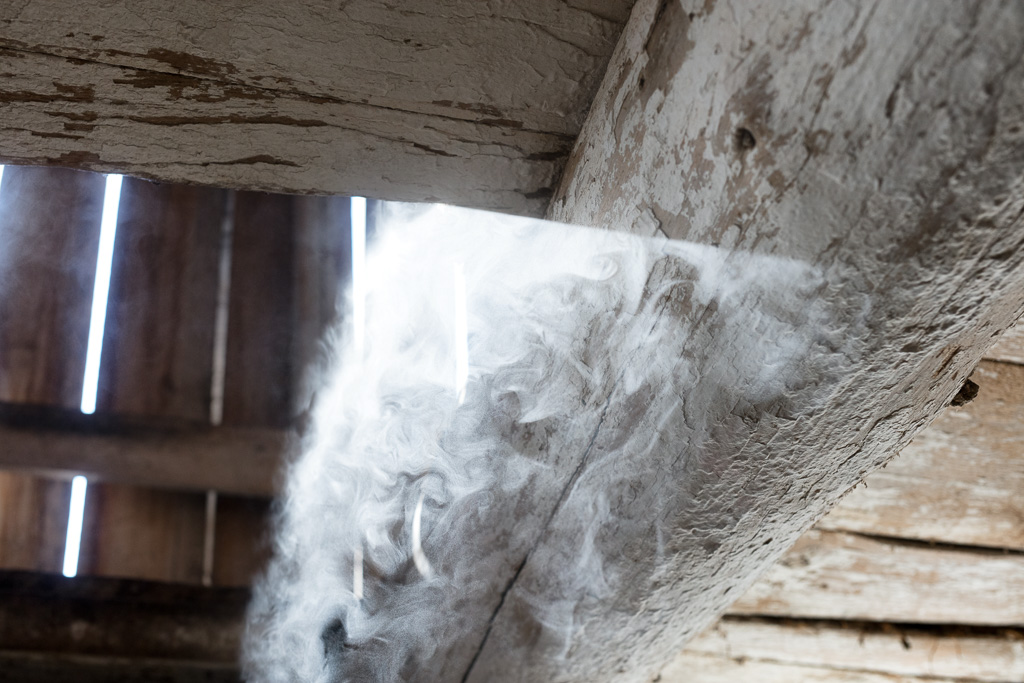Overwhelmingly, maple syrup production occurs on Turtle Island, the name First Nation peoples, especially in the North East, give to the North American continent. Historically, settlers/colonists haven’t bothered to think too deeply about the origins of maple syrup, treating it as just another food commodity that happens to come from trees. However, as conversation around suppression of Indigenous life and culture becomes more widespread—as it has this past year with the location of unmarked graves on residential school properties—some people writing about maple syrup production are being more intentional about acknowledging its origins. For an excellent example of this, see Bhavani Munshi’s “Decolonizing Maple Syrup” on the Life And Thyme web site.
The spring tradition of boiling maple sap comes from the Anishinaabe, Haudenosaunee and Wabanaki peoples and may well stretch back 9,000 years. They shared their knowledge with early white settlers who likewise enjoyed the health benefits of this natural sweetener and, like their indigenous teachers, used it to flavour and preserve meats. What I find particularly interesting about the maple syrup story is that, because traditional cultures were matrilineal, responsibility for sugarbushes passed from mother to daughter, as did knowledge relating to maple syrup production. And so we have the ancient story that maple syrup was discovered when a woman mistook sap for water and, after boiling meat for a meal, enjoyed a sweet surprise.
Decolonizing projects find themselves at odds with late capitalism to the extent that late capitalism tends to turn everything it touches into a commodity. As a creature of settler colonialism, late capitalism’s superpower is the power to forget things. In this case, it forgets where this natural commodity comes from and it forgets who safeguarded the knowledge that first brought it into our lives. This is especially true of large-scale operations that distribute their product through huge retailers. Any sense of connection to the land vanishes in a mist of money.
Small producers, like Williams Farm, have a more intimate connection to the land and can be more mindful of the process from tree sap to bottled syrup. The farm stands on land that, for thousands of years, was the sacred gathering place of the Huron-Wendat, the Ojibway, and Métis and is governed by the Williams Treaty (no relation) and the tri-Chippewa Council of Beausoleil, Rama and Georgina Island First Nations.
One cause for celebration is that there is a growing number of First Nation maple syrup producers who are working to recover this traditional knowledge. See for example, Giizhigat Maple Products on St. Joseph Island just south of the Sault. Or Jacob Charles on Georgina Island.

One reply on “Acknowledging the Land Where Maple Syrup Comes From”
[…] maple. The leaf on the flag is a stylized representation of the sugar maple leaf. It calls to mind a practice—boiling sap to make syrup—that started on this land thousands of years ago. It reminds us of a […]